
An Initial Estimate toward Identifying and Numbering the Ark Turtle and Crocodile Kinds
pp. 1–10 • Tom Hennigan
Biosystematics is in great flux today because of the plethora of genetic research continually shedding light on organism relationships.
MLACopy
APA
Chicago
${currentCitationStyle} Citation Copied to Clipboard


pp. 1–10 • Tom Hennigan
Biosystematics is in great flux today because of the plethora of genetic research continually shedding light on organism relationships.
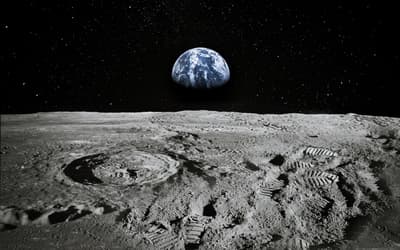
pp. 11–25 • Dr. Danny R. Faulkner
In recent years there has been increasing discussion of craters within the creation paradigm.

pp. 27–30 • Dr. Danny R. Faulkner
Assuming that Peter’s statement about the moon being turned to blood was a reference to the Crucifixion, it is plausible that unusual atmospheric conditions at that time were responsible.

pp. 31–47 • Tom Hennigan
The purpose of this paper is to use all available information in order to make an initial estimate of the identification and numbers of extant Lepidosaur kinds, except for the “lizards.”

pp. 49–81 • Dr. Andrew A. Snelling
There is evidence for rapid granite formation during the Flood.

pp. 83–90 • Dr. Danny R. Faulkner
The big bang model is contrary to the Bible and the recent creation model. Since in our view the big bang never happened, the CMB requires some alternate explanation.
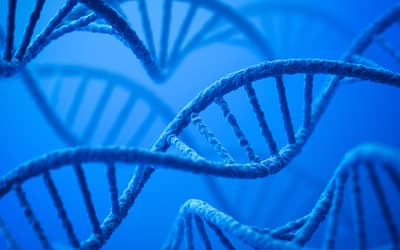
pp. 91–101 • Jeffrey P. Tomkins
Modern genomics provides the ability to screen the DNA of a wide variety of organisms to scrutinize broken metabolic pathways. This data has revealed wide-spread genetic entropy in human genomes.
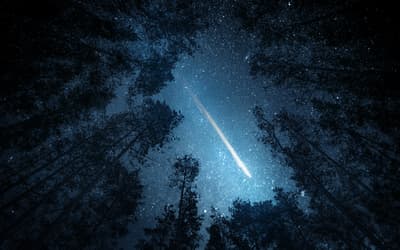
pp. 103–145 • Dr. Andrew A. Snelling
Meteorites have been used to date the earth with a 4.55 ± 0.07 Ga Pb-Pb isochron called the geochron.
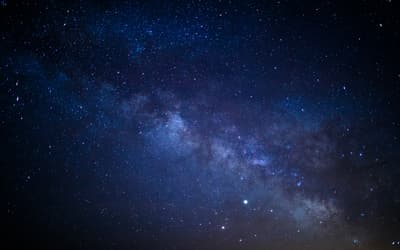
pp. 147–159 • Dr. Danny R. Faulkner
Astronomers have developed an elaborate, physically robust evolutionary theory to explain the abundances that we see throughout the universe. While this theory may be explanatory, it has no predictive

pp. 161–172 • Andrew Sibley
This paper reviews claims made by Gerald L. Schroeder in relation to the nature of light and the age of the universe.

pp. 173–187 • Callie Joubert
Psychiatry is facing a crisis, and it is well known that psychiatry has taken over many concepts from the Bible and secularized them.
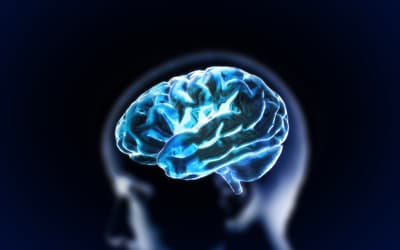
pp. 189–204 • Callie Joubert
That psychological properties can be attributed to a brain is a popular notion, even among Christians. This paper argues that such claims are incorrect.

pp. 205–214 • Dr. Danny R. Faulkner
The evolutionary theory cannot explain certain aspects of solar system bodies. There have been few comprehensive proposals for a creationary model.
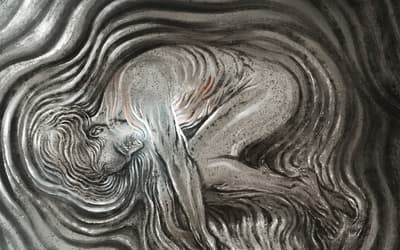
pp. 215–237 • Dr. Steven W. Boyd
Creationist studies are replete with discussions of Genesis 1:1–2:3 and 5:28–9:29, but Genesis 2:4–3:24, has remained largely untouched.
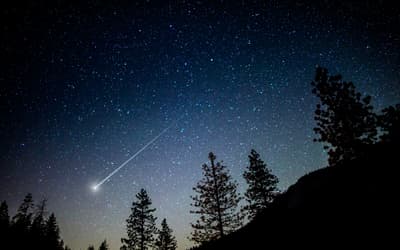
pp. 239–297 • Dr. Andrew A. Snelling
This paper documents the radioisotope dating data for more meteorites, so as to continue the discussion of the significance of these data.

pp. 297–309 • Dr. Jake Hebert
The different dating systems are calibrated to one another: dates assigned to the seafloor sediments are used to date the ice cores, and vice versa.

pp. 311–322 • Dr. Andrew A. Snelling
In spite of numerous attempts for over 60 years to determine the 87Rb half-life and decay constant, there is still no consensus.
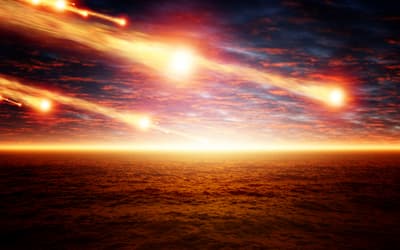
pp. 323–330 • Wayne Spencer
Creationists have recently considered impact cratering in the solar system occurring during the fourth day of the Creation Week.

pp. 331–355 • Dr. Marcus Ross
When added to previously determined kinds of extant anurans, caudates, and gymnophionans, a total of 248 amphibian kinds may have been brought on board the Ark.

pp. 357–361 • Dr. John G. Hartnett
From various problems in cosmology a need has developed to postulate the existence of unknown types of energy and matter from the dark side.

pp. 363–386 • David McGee
A major shift in thinking seems to be occurring in contemporary evangelical thinking.

pp. 387–402 • Callie Joubert
Children have an innate, natural, intuitive, and unlearned tendency to reason about the world as biblical creationists do.
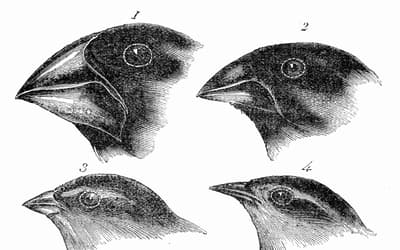
pp. 403–421 • Randy J. Guliuzza
This paper responds to a 2013 Jeanson paper critical of a series of Acts & Facts articles published by the Institute for Creation Research (ICR).

pp. 421–437 • Randy J. Guliuzza
This second installment is a continuation of my response to a recent critical paper (Jeanson 2013) on a series of Acts & Facts articles.

pp. 437–450 • Randy J. Guliuzza
This third installment is a continuation of my response to a recent critical paper (Jeanson 2013).

pp. 451–452 • Dr. Nathaniel T. Jeanson
In this three-part ~35,000-word response, Guliuzza (2014a, b, c) fails to clearly define his terms and/or use them consistently.
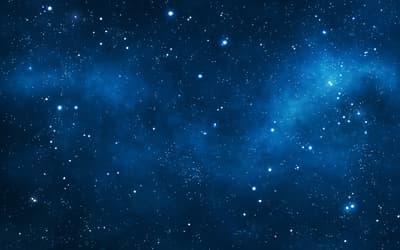
pp. 453–459 • Dr. John G. Hartnett
I contend that expansion of space is of itself not tenable as a mechanism for the expansion of the universe.
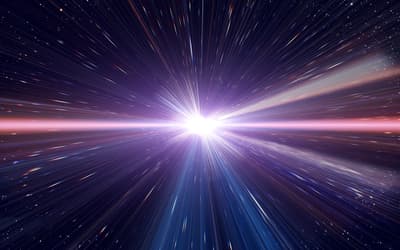
pp. 459–461 • Dr. John G. Hartnett
In 2013 D. R. Faulkner proposed what he says is a new solution to the biblical creationist starlight travel-time problem.

pp. 461–463 • Dr. Danny R. Faulkner
I am delighted that my friend, John Hartnett, has responded with some objections to my proposal for a new solution to the light travel time problem.
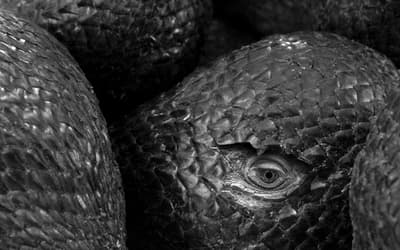
pp. 463–481 • M. Aaron
In this study, I analyzed a theropod dinosaur group, Tyrannosauroidea, through the use of statistical baraminology.
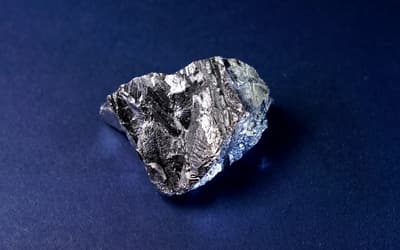
pp. 483–497 • Dr. Andrew A. Snelling
If the Lu-Hf dating method has been calibrated against the U-Pb “gold standard” with its own uncertainties, then it cannot be absolute.

pp. 499–532 • Dr. John H. Whitmore , et. al.
In light of these new data, alternative depositional models for the Coconino should be considered.
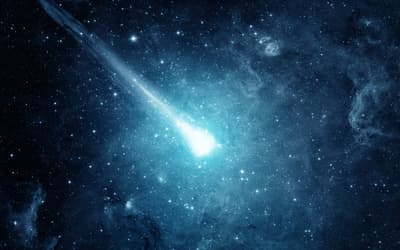
pp. 533–585 • Dr. Andrew A. Snelling
This third paper documents the radioisotope dating data for more meteorites, so as to continue the discussion of the significance of these data.